Southern Italy emerges as a culinary paradise where centuries-old cooking traditions remain alive in everyday kitchens across sun-drenched landscapes. Unlike the north with its butter-based cuisine and international recognition, the south embraces olive oil, vibrant vegetables, and seafood prepared with techniques passed through generations rather than formal culinary schools.
Here, cooking transcends mere sustenance to become cultural expression—a delicious dialect spoken through food that tells stories of invasions, trade routes, and agricultural innovations that shaped this remarkable region. For travelers seeking to move beyond restaurant meals to actually master authentic Italian cooking techniques, Southern Italy offers unparalleled learning opportunities.
Here is a list of destinations where culinary traditions run deepest and opportunities to learn abound.
Naples
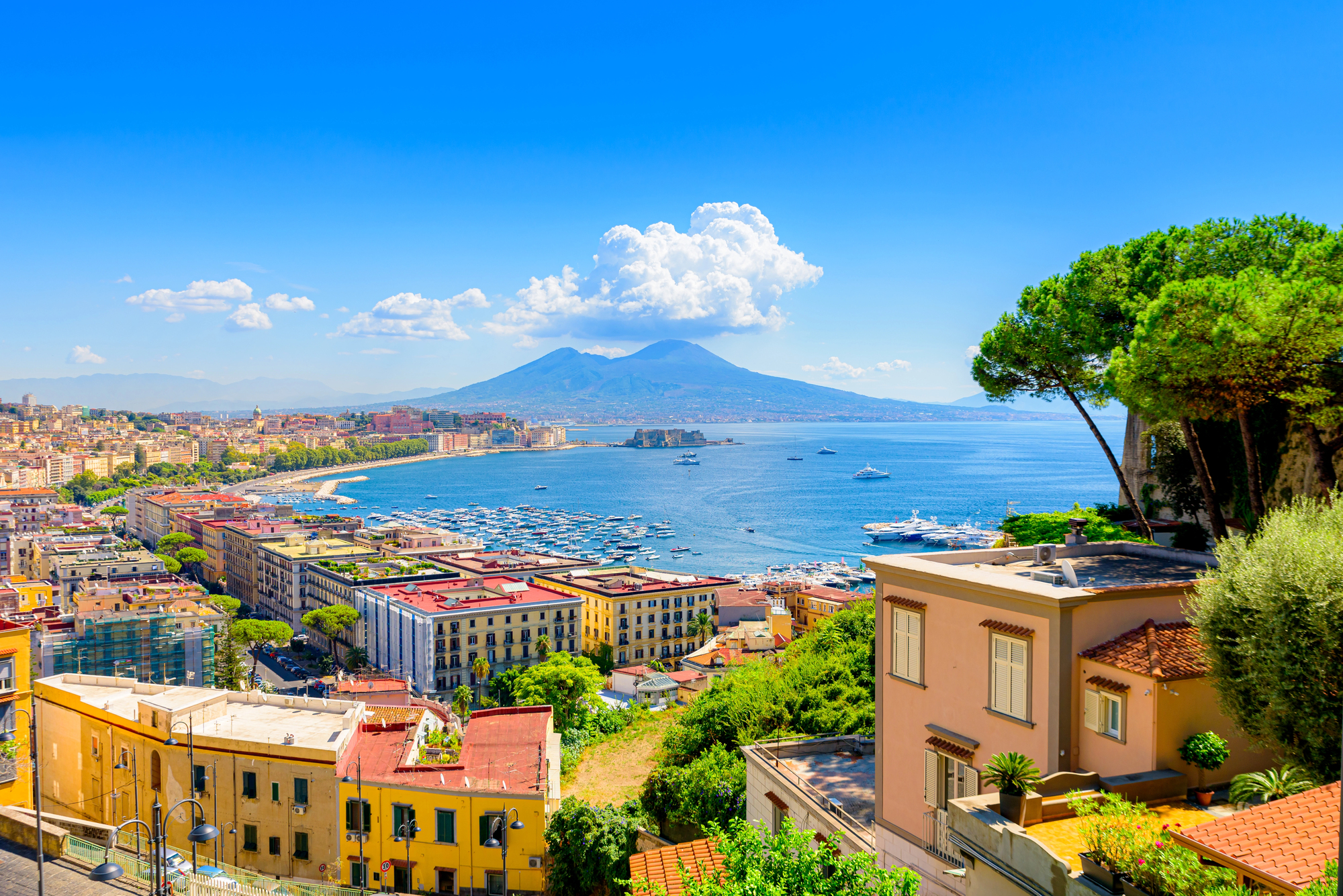
The birthplace of pizza provides the perfect starting point for understanding how humble ingredients transform into transcendent dishes. Local pizzaiolos still train for years to master the precise movements required to stretch the dough into the perfect thin-yet-chewy base.
Beyond pizza, the city’s pasta traditions include masterpieces like pasta alla Genovese—an onion-based sauce that simmers for hours despite containing no tomatoes and having nothing to do with Genoa.
Gragnano

This small town near Naples holds the unofficial title of the pasta capital of Italy, where bronze dies create the rough-textured pasta that sauce clings to rather than slides off. Manufacturing families have produced pasta here since the 1500s, perfecting drying techniques that take advantage of unique microclimates created by mountain breezes meeting sea air.
Several producers offer behind-the-scenes tours where visitors learn why pasta shape matters tremendously to the final dish’s texture and sauce compatibility.
Cetara
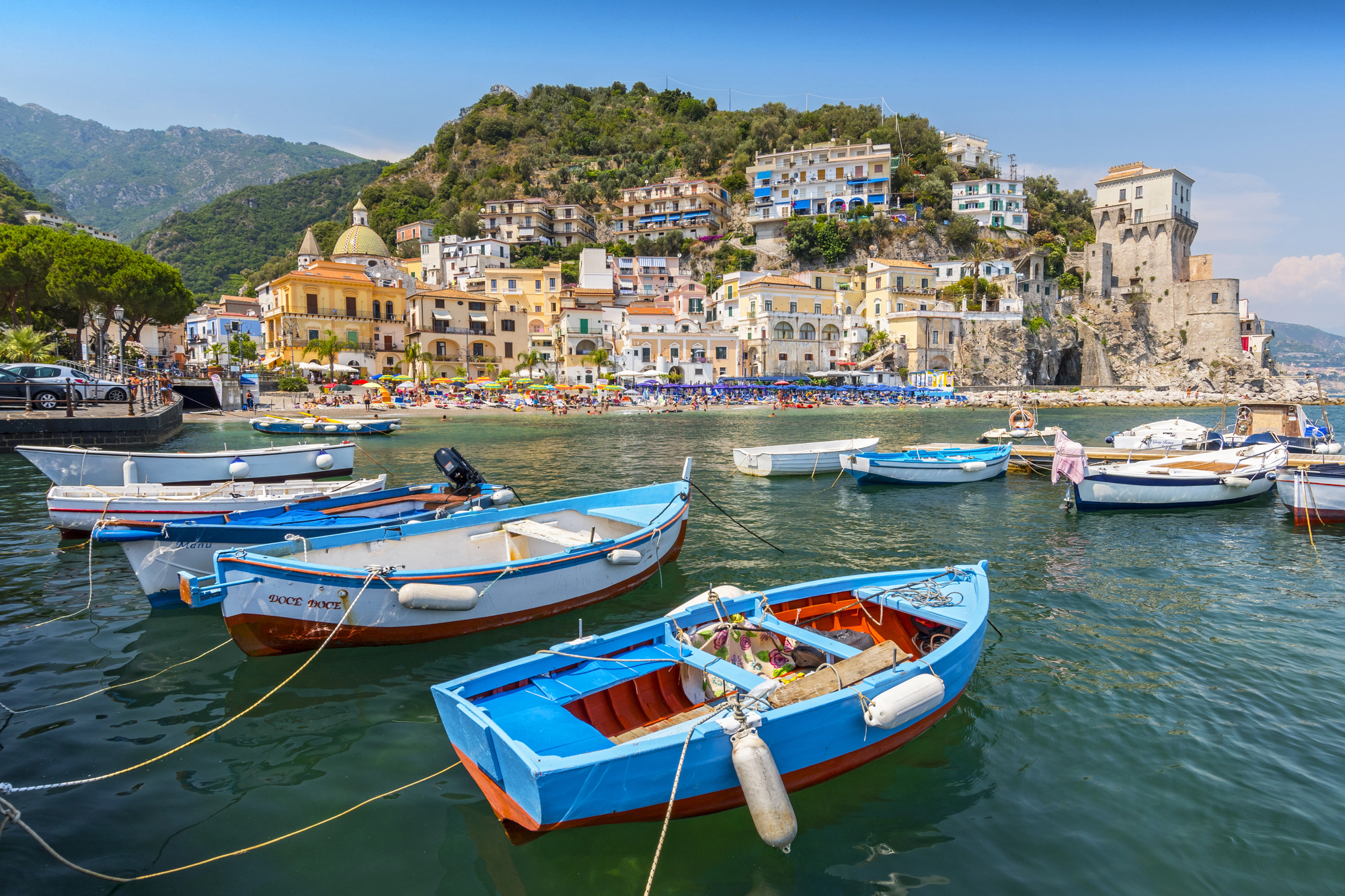
This tiny fishing village on the Amalfi Coast produces colatura di alici—an amber-colored anchovy essence that serves as the modern descendant of ancient Rome’s garum fish sauce. Local families still hang salted anchovies in wooden barrels, collecting the liquid that slowly drips out over months of fermentation.
Cooking classes here focus on the art of using intensely flavorful ingredients sparingly to enhance rather than overwhelm dishes, a cornerstone of Southern Italian cooking philosophy.
Like Travel Pug’s content? Follow us on MSN.
Matera
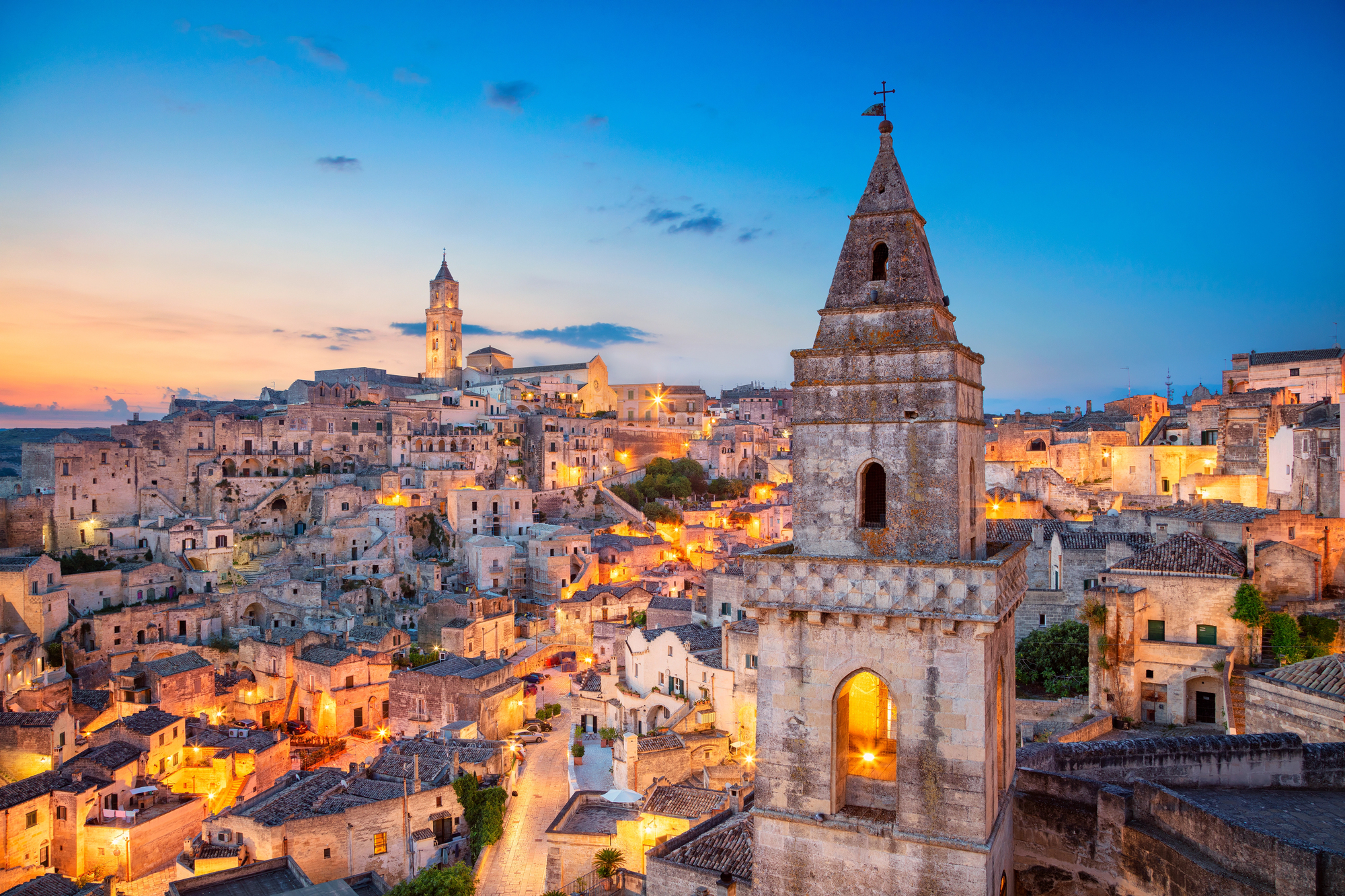
The ancient cave dwellings of this UNESCO World Heritage site create unique cooking environments where traditional breads develop complex flavors. Local grain varieties grown in the surrounding hills produce distinctively nutty flavors in the region’s crusty loaves.
Cooking workshops often take place in renovated cave homes where temperature and humidity remain naturally constant—ideal conditions for bread making techniques that haven’t changed in centuries.
Martina Franca
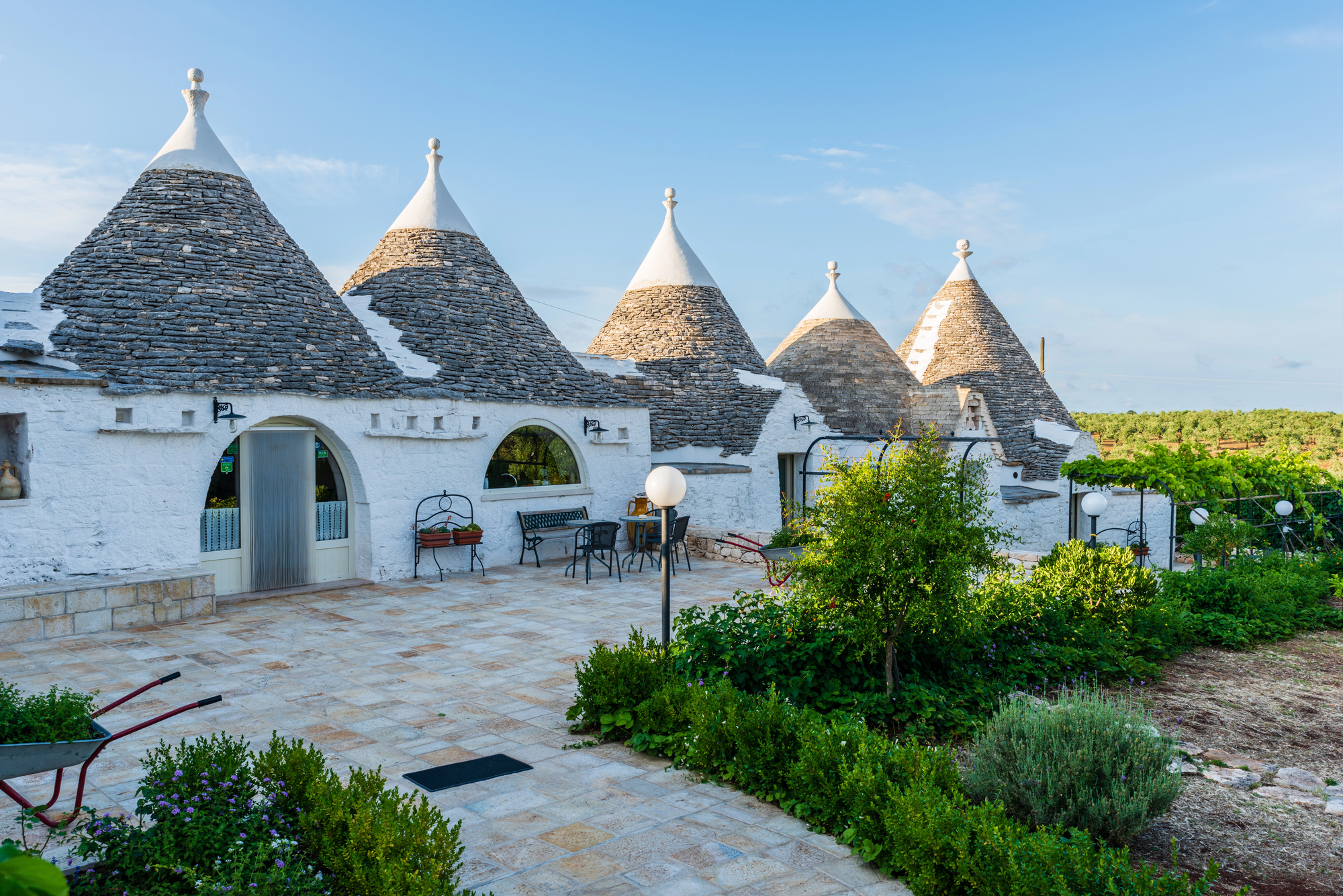
This whitewashed town in Puglia’s Valle d’Itria serves as the epicenter for learning about capocollo—a distinctive cured pork neck that undergoes weeks of aging in natural limestone caves. Family butcher shops maintain apprenticeship traditions where techniques for breaking down whole animals minimize waste while maximizing flavor.
Cooking courses here emphasize the nose-to-tail approach that characterizes authentic Southern Italian meat preparation.
Altamura
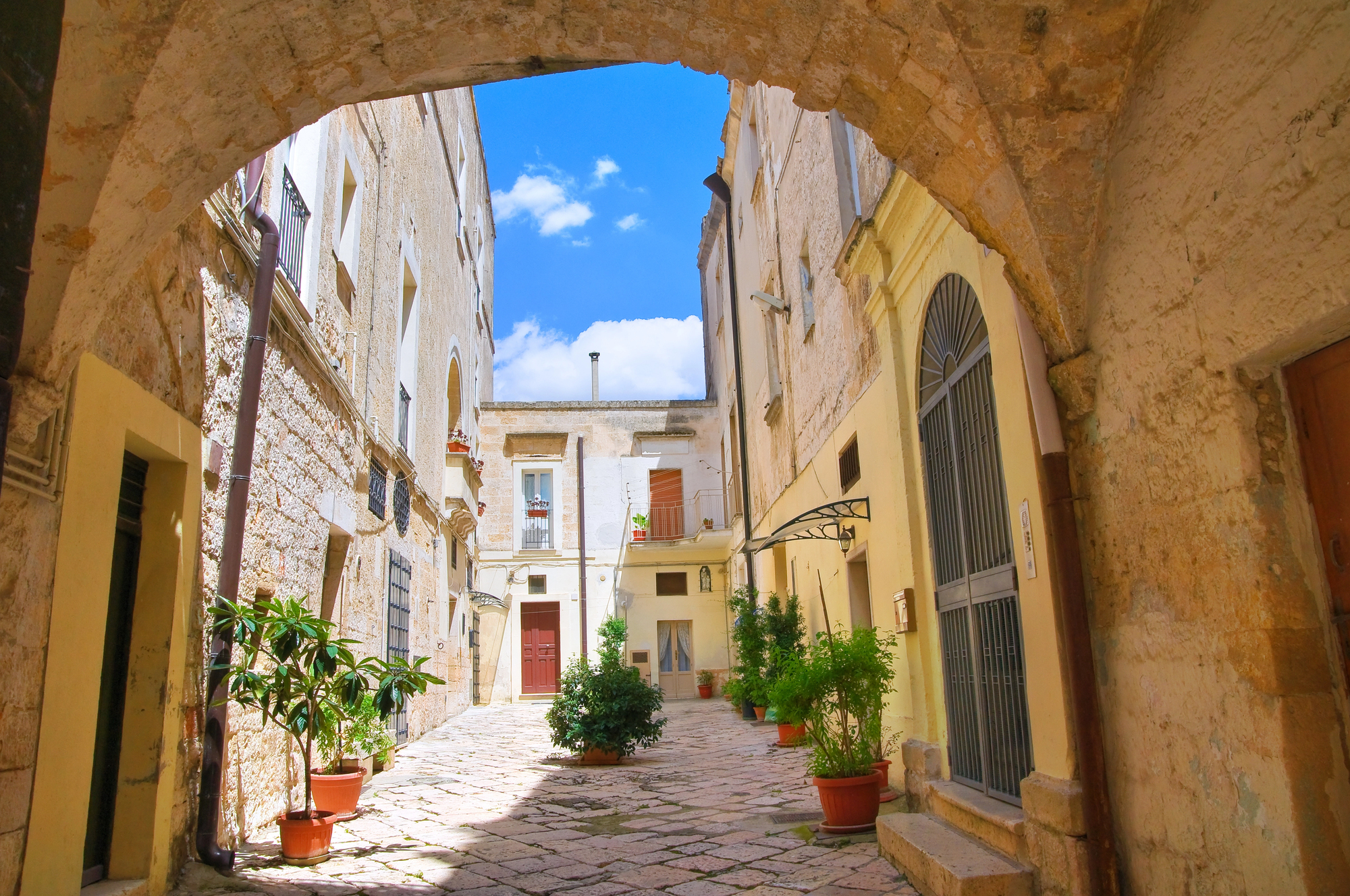
The famous DOP-protected bread from this Puglian town requires such specific local ingredients and techniques that attempts to replicate it elsewhere inevitably fall short. Distinctive U-shaped loaves with dark, crackling crusts emerge from communal wood-fired ovens that have operated continuously for generations.
Classes teach not just mixing and kneading but the crucial skill of reading dough’s readiness through touch and smell rather than rigid time measurements.
Like Travel Pug’s content? Follow us on MSN.
Alberobello
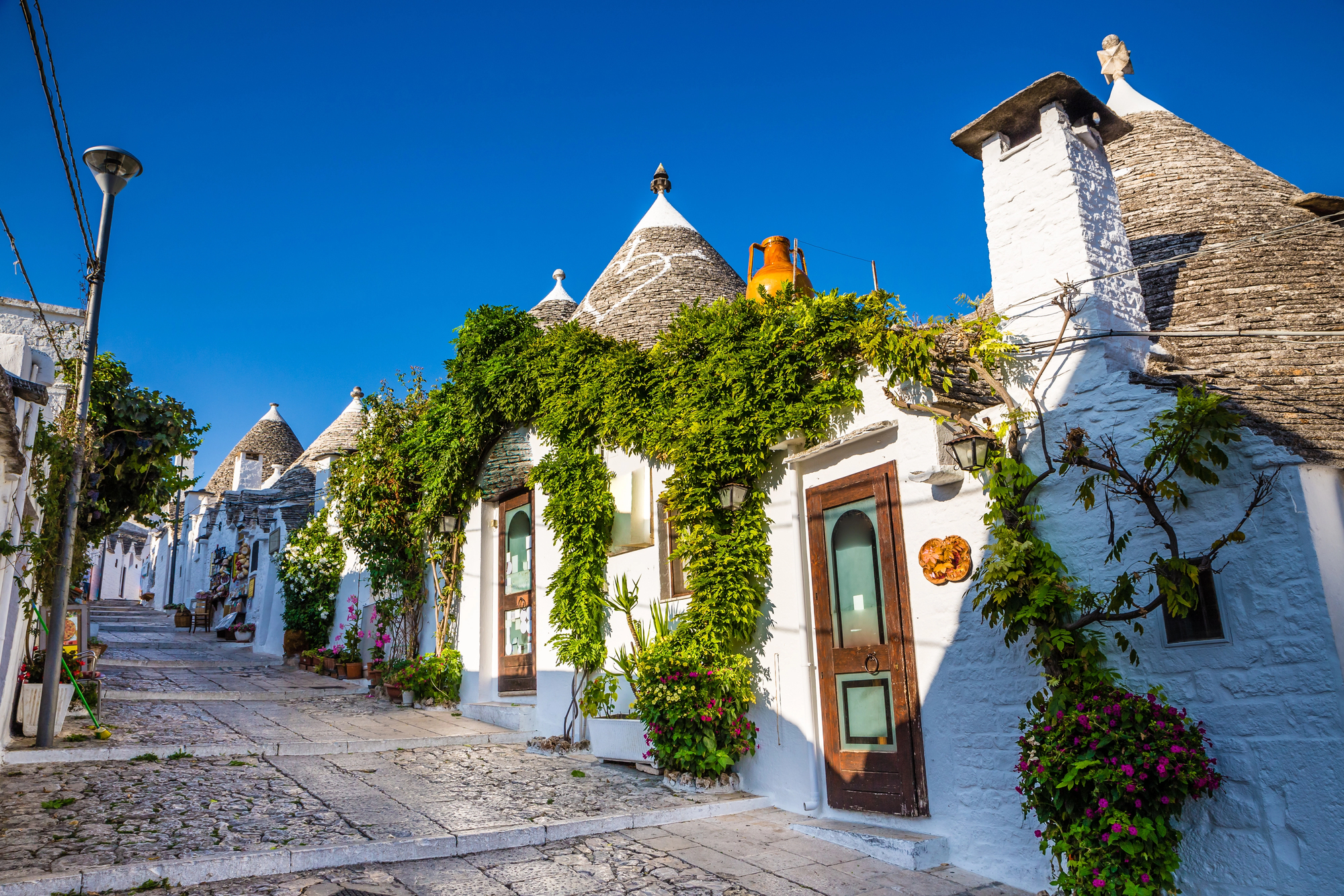
Beyond its famous trulli dwellings, this Puglian town offers immersion in vegetable-forward cooking that transforms humble ingredients through technique rather than expensive components. Restaurant gardens double as classrooms where visitors learn to select produce at perfect ripeness—often just hours before cooking.
Local grandmothers teach the art of battuto, the finely minced vegetable base that starts countless southern dishes, chopped by hand until it nearly dissolves during cooking.
Lecce
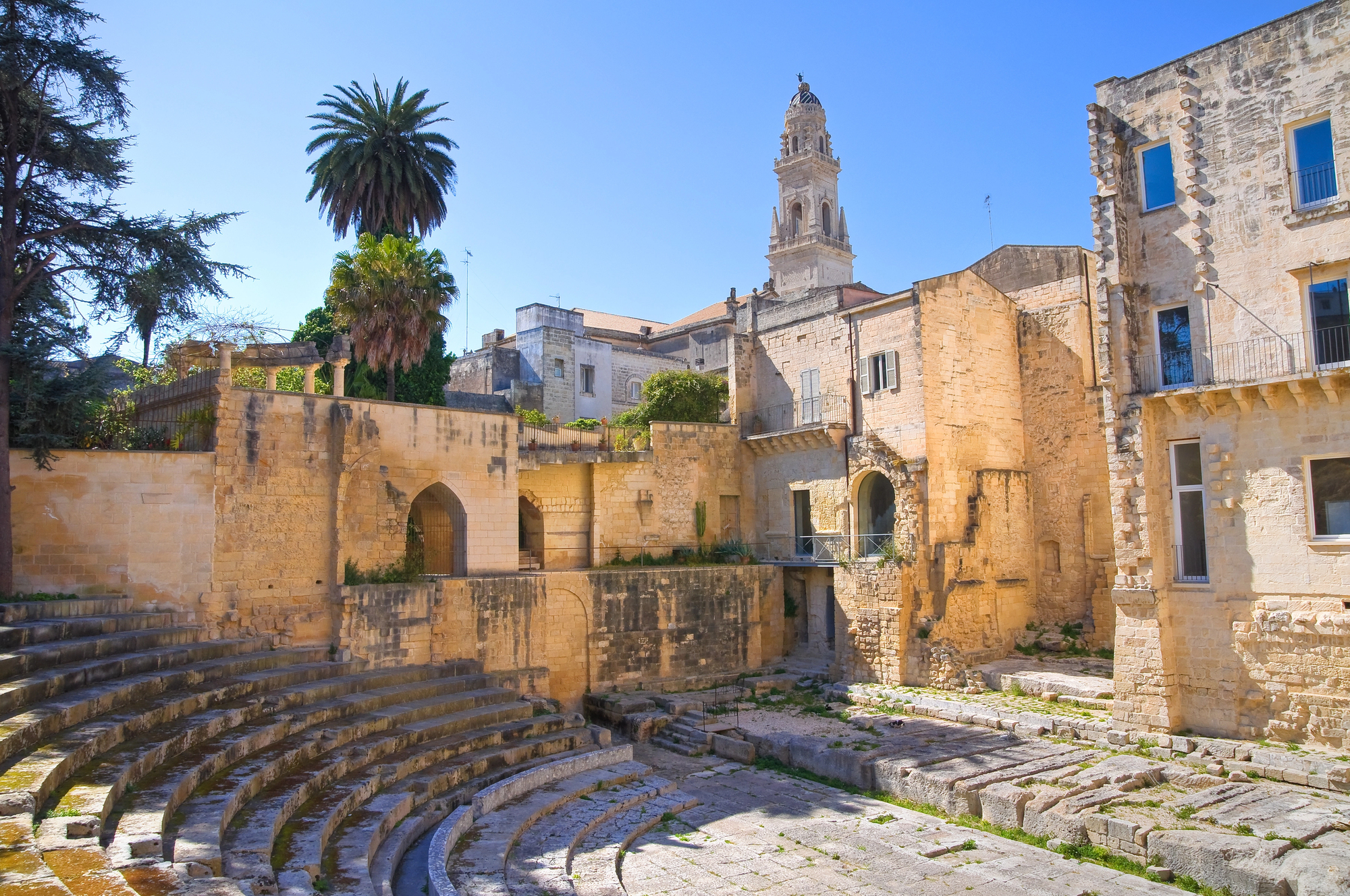
The baroque architecture finds its culinary parallel in pasticciotto—golden pastries filled with delicately spiced custard that demonstrate the sweet traditions of this Puglian capital. Cooking classes here often focus on developing pastry skills, with techniques blending influences from Spanish, Arab, and local traditions.
The surrounding Salento peninsula provides exceptional olive oils that feature prominently in both sweet and savory preparations.
Manduria

This Puglian town surrounded by ancient olive groves and Primitivo vineyards offers immersion in understanding how cooking and agriculture remain inseparable in Southern Italian cuisine. Multi-day cooking programs include vineyard and olive grove visits where participants learn to taste subtle differences between oils pressed from different varieties.
Evening meals often happen directly in vineyards, reinforcing the connection between landscape and flavor that defines Italian cuisine.
Like Travel Pug’s content? Follow us on MSN.
Corigliano Calabro
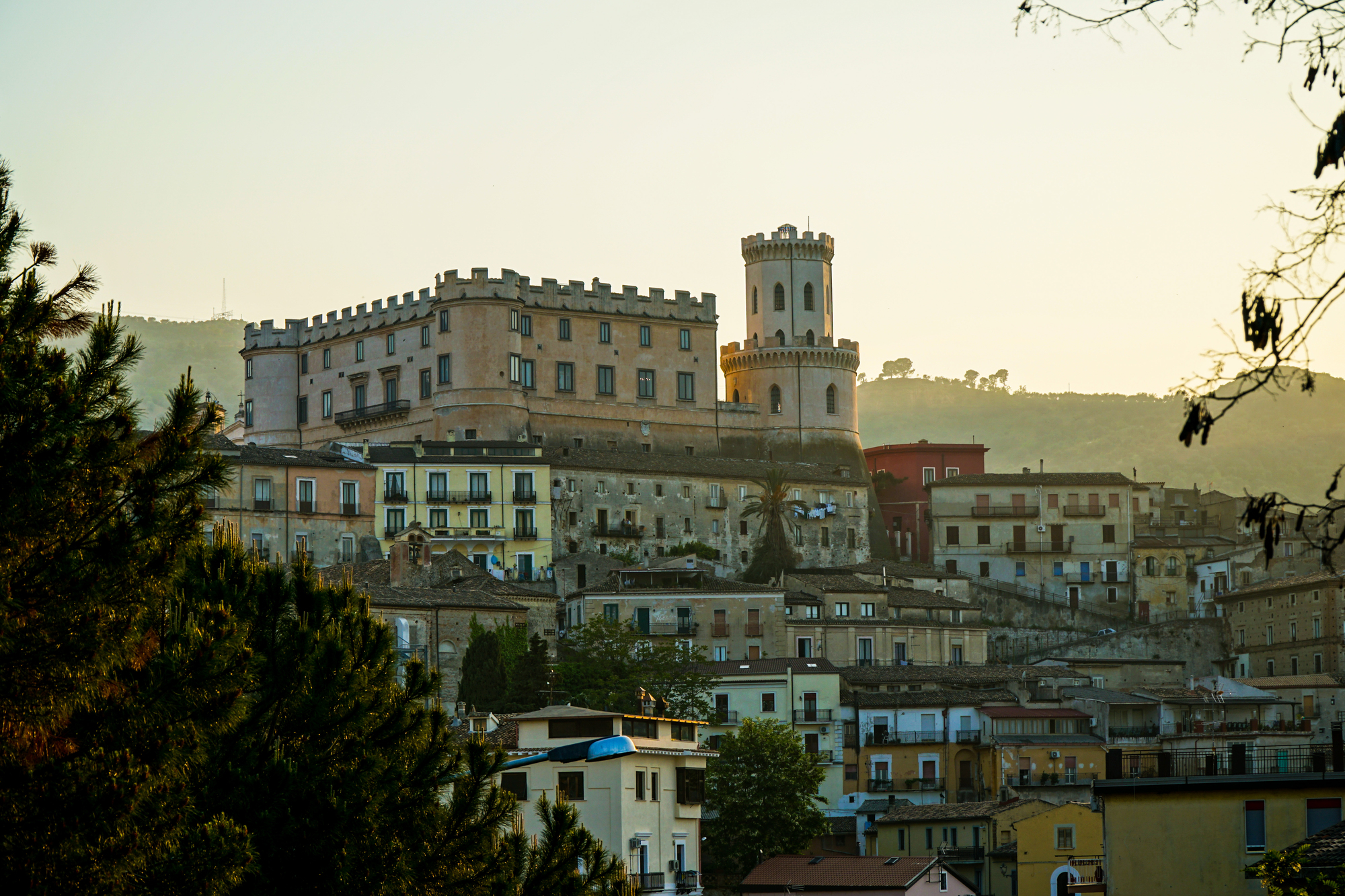
This Calabrian hilltown provides the perfect entry point for understanding the region’s trademark piccante cuisine where chili peppers feature prominently without overwhelming other flavors. Local cooks teach techniques for preserving summer abundance through drying, curing, and oil-packing methods that stock pantries for winter months.
Family kitchens welcome visitors to learn the precise balance of heat that characterizes Calabrian dishes—spicy enough to notice but not so hot that other flavors disappear.
Tropea
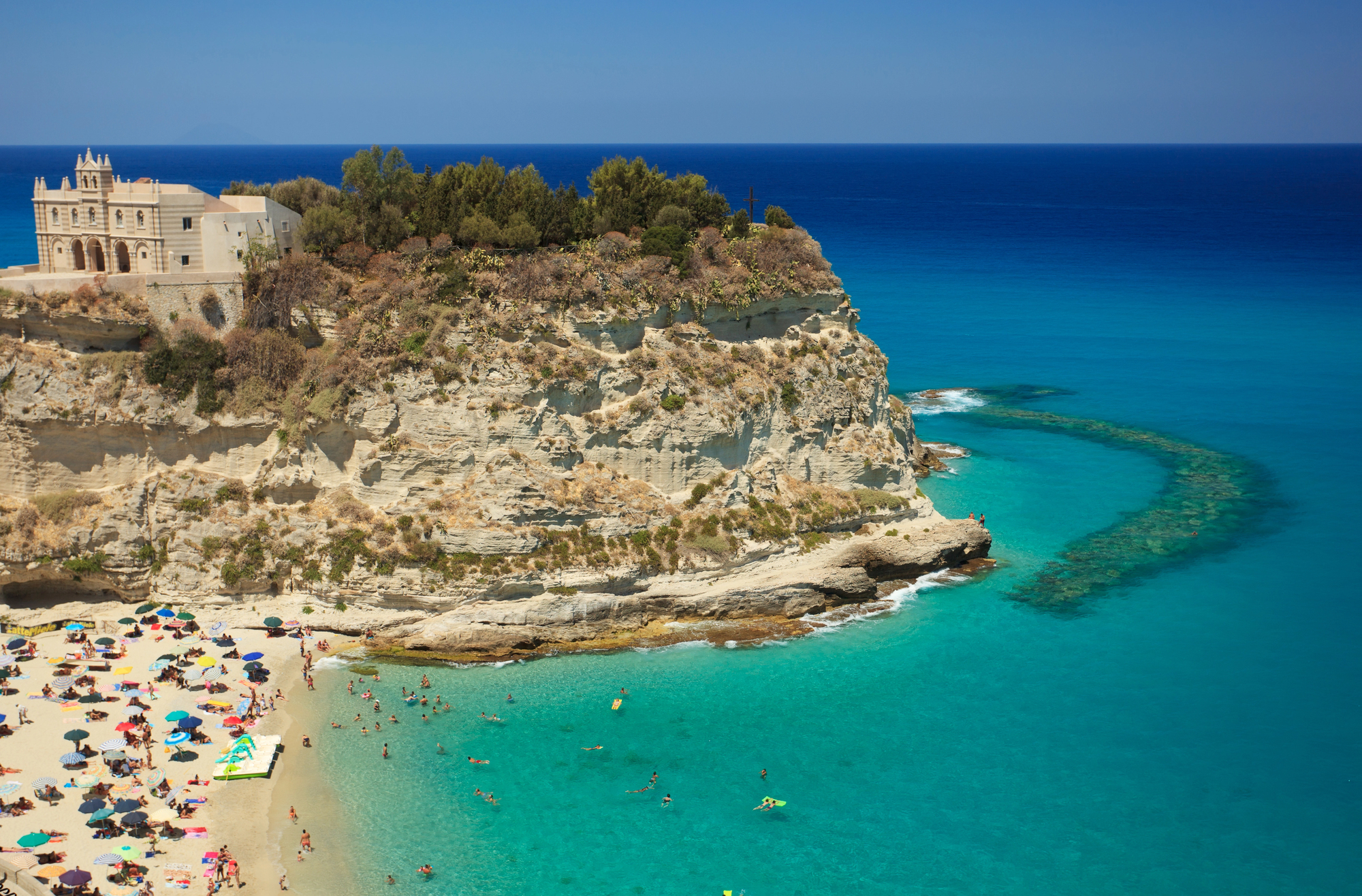
This coastal Calabrian town produces exceptionally sweet red onions so prized they’ve earned protected geographic status. Learning to cook here means understanding how even humble ingredients require specific techniques—like the night-long soak that removes astringency from these ruby-colored alliums.
Seafood preparation classes often take place directly on fishing boats, where participants learn to identify peak freshness before cooking the day’s catch with minimal intervention.
Diamante
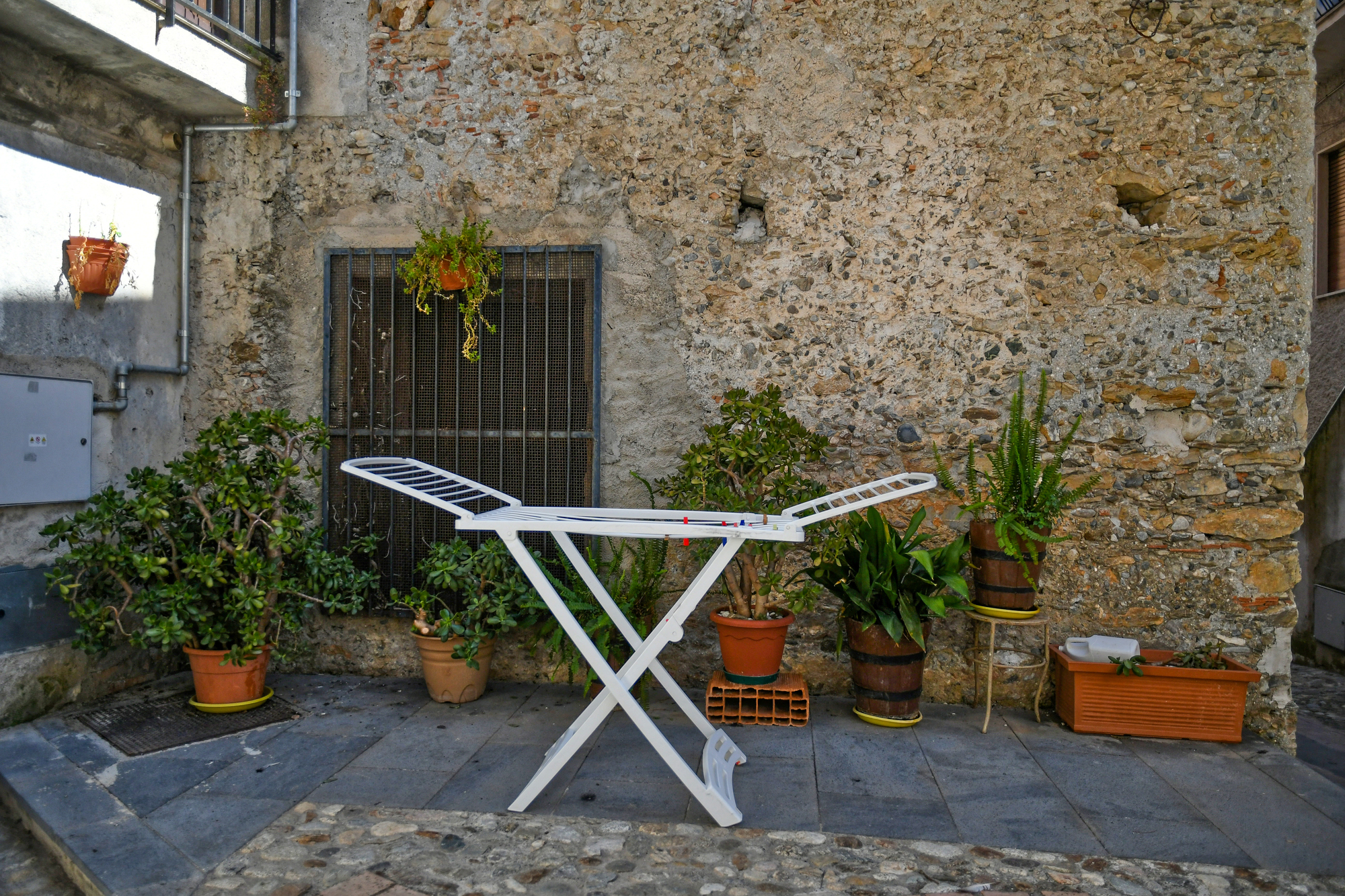
The self-proclaimed chili pepper capital of Italy hosts an annual peperoncino festival celebrating the ingredient that defines Calabrian cuisine. Local cooking instructors teach proper handling techniques that extract flavor while controlling heat levels in traditional dishes.
Preservation workshops show how to prepare cruschi (dried peppers) and realistically spiced oils that avoid the common tourist versions that sacrifice flavor for excessive heat.
Like Travel Pug’s content? Follow us on MSN.
Reggio Calabria
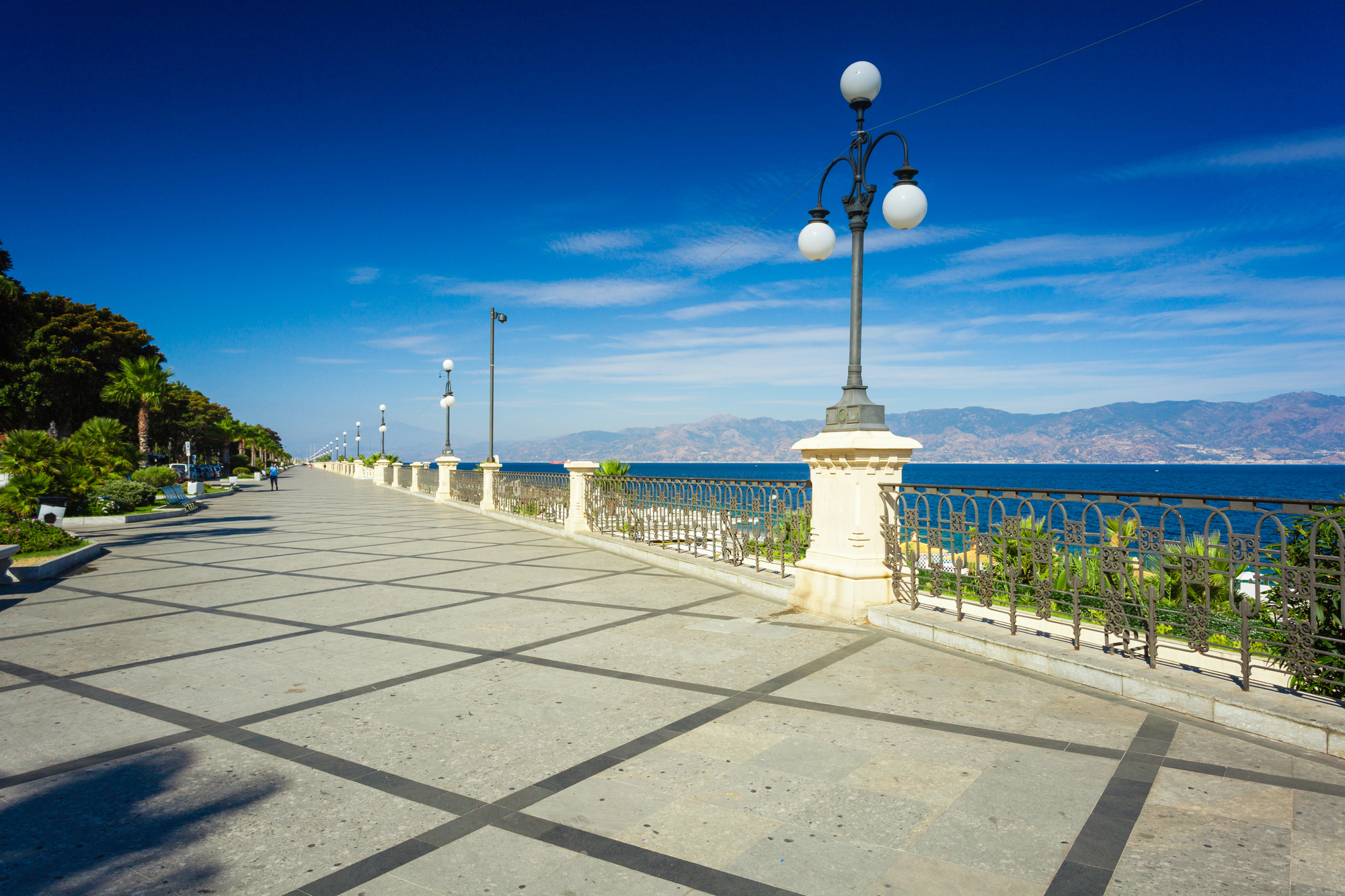
Sitting across from Sicily with views of Mount Etna, this often-overlooked city represents the final mainland stop on Italy’s boot, where Sicilian influences become apparent in the cooking. Bergamot orchards surrounding the city produce the aromatic citrus that flavors distinctive desserts found nowhere else.
Cooking workshops highlight techniques for incorporating citrus into both sweet and savory dishes without bitterness or overwhelming acidity.
Palermo
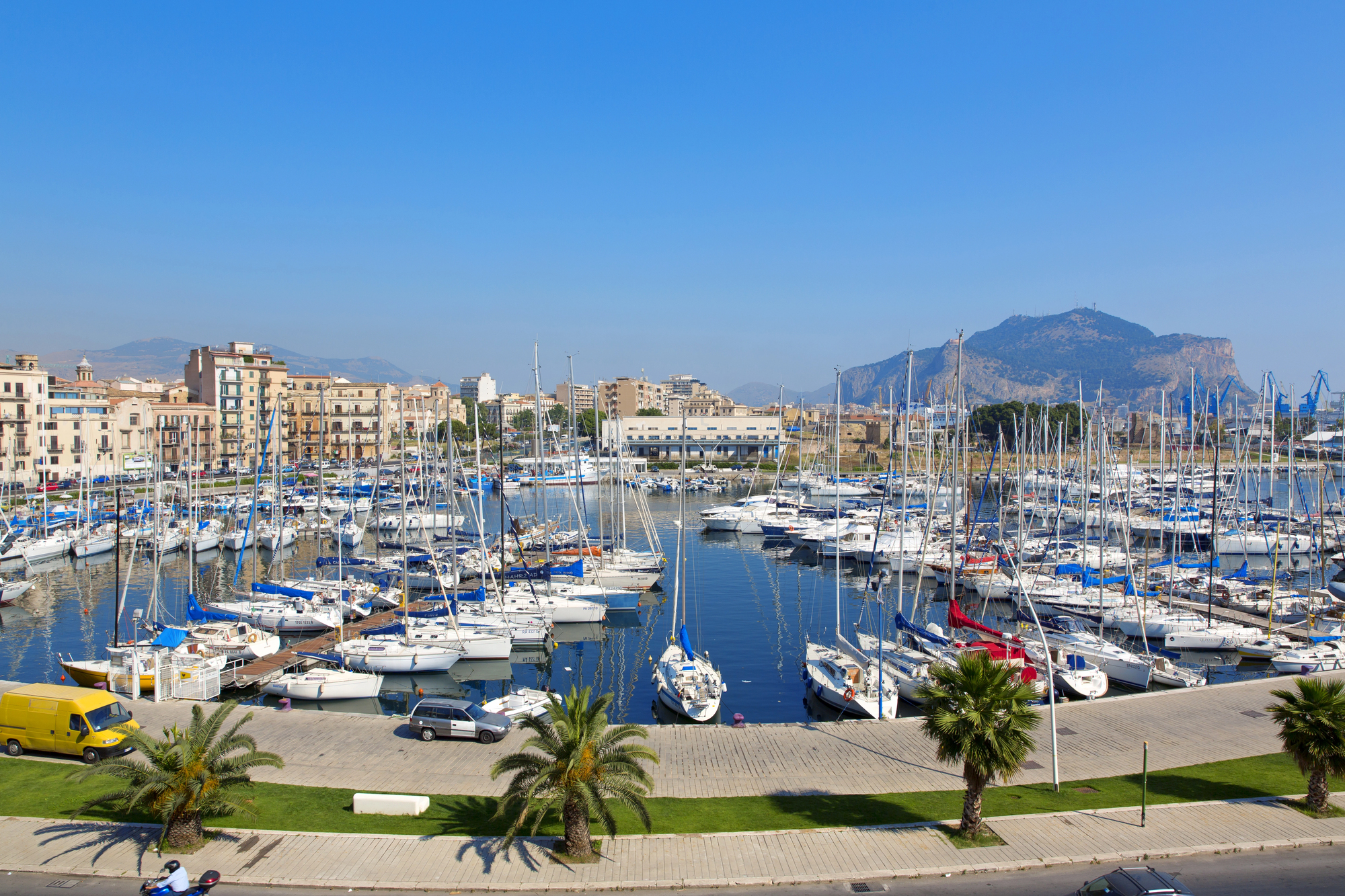
Sicily’s capital offers unparalleled street food traditions where Arab influences remain pronounced in dishes like panelle (chickpea fritters) and sfincione (thick-crusted local pizza). Markets like Ballarò and Vucciria serve as living classrooms where vendors happily demonstrate centuries-old techniques when not serving customers.
Multi-day cooking programs include dawn visits to fish markets where participants learn to select the freshest seafood before preparing it according to hyperlocal traditions.
Modica
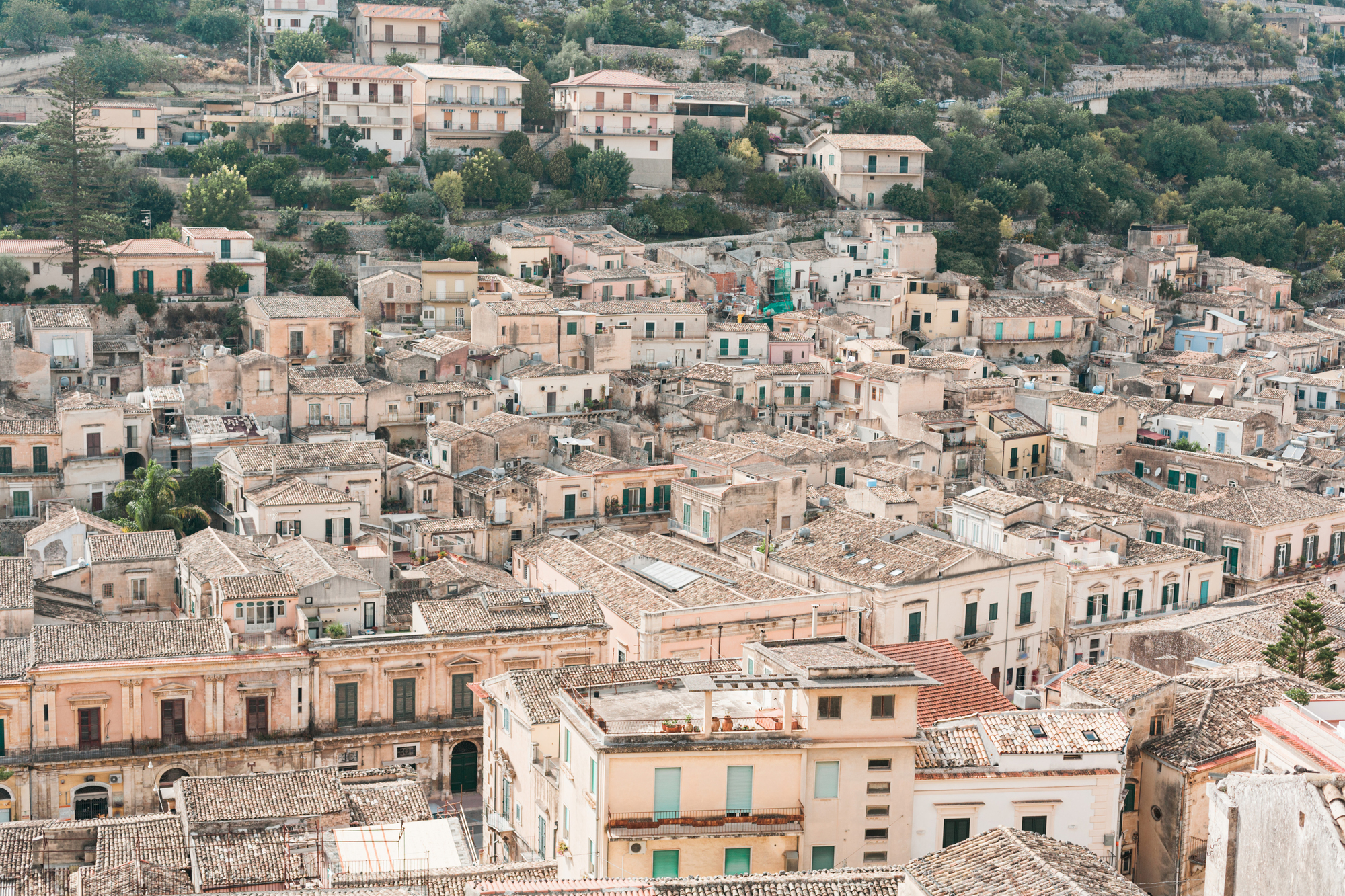
This Sicilian baroque town preserves chocolate-making techniques brought directly from the New World during Spanish rule, producing distinctive grainy textures unlike any other European chocolate. Cooking classes demonstrate how to work with raw cacao processed at low temperatures according to ancient Aztec methods rather than modern conching processes.
The surrounding countryside provides almonds, pistachios, and citrus that feature prominently in the town’s renowned dessert traditions.
Like Travel Pug’s content? Follow us on MSN.
Culinary Crossroads
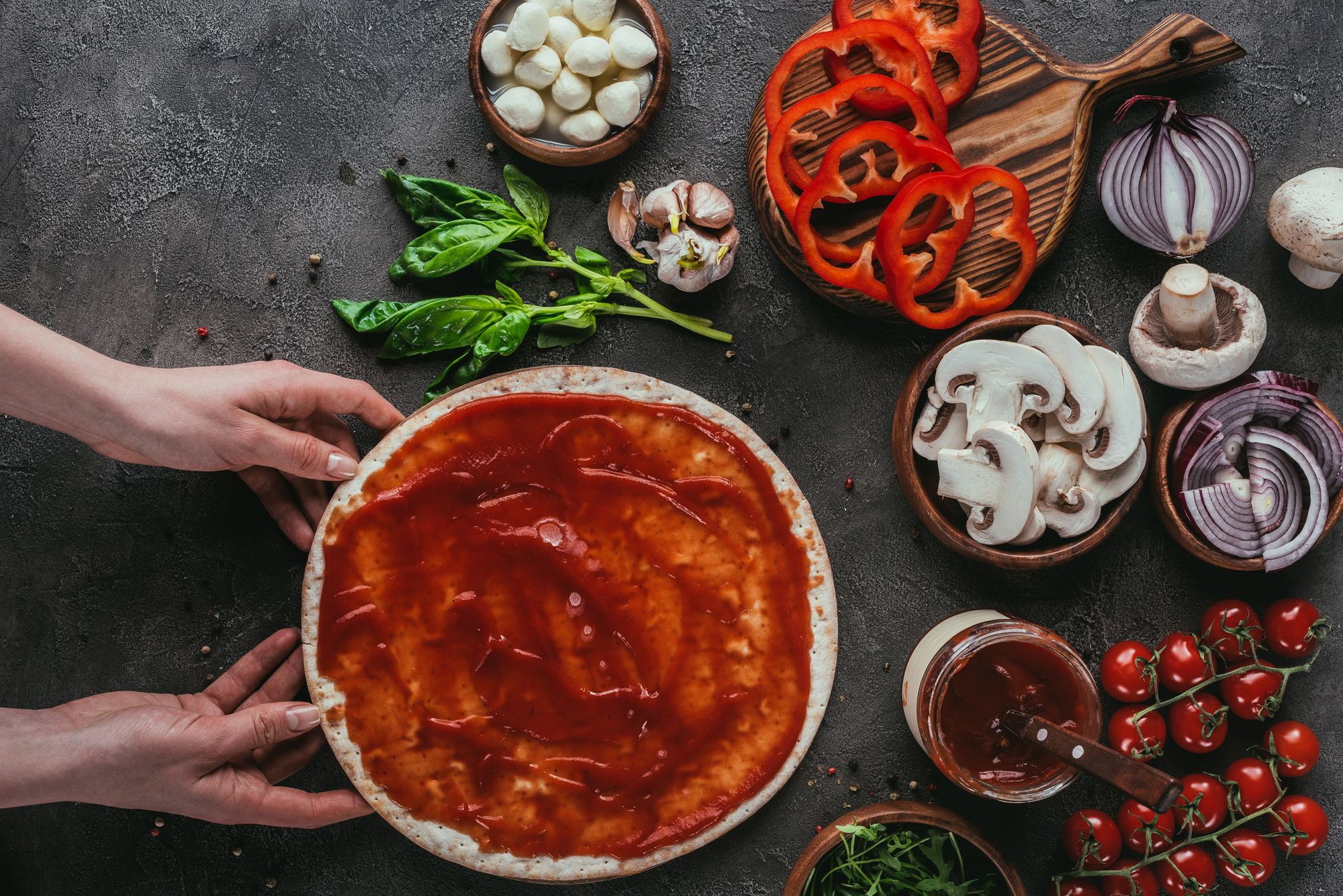
Southern Italy’s cooking traditions survive not as museum pieces but as living practices that continue evolving while maintaining deep connections to the past. The region offers learning experiences for every level—from complete beginners to professional chefs seeking a deeper understanding of authentic techniques.
What separates these destinations from tourist cooking classes elsewhere is genuine immersion in communities where food remains central to daily life and cultural identity. Travelers return home with more than recipes—they gain a sensory vocabulary and technical understanding that transforms their cooking permanently, carrying a piece of Southern Italy’s culinary soul into their own kitchens.
More from Travel Pug

- Cities Growing so Fast You Won’t Recognize Them in 10 Years
- 13 Destinations Where Tourists Regularly Regret Their Trip
- 20 Obscure WWII Sites Even History Buffs Don’t Know About
- 10 Under-the-Radar Mountain Towns That Are Both Affordable and Beautiful
- Remote Villages in Europe Where You Can Live for Free in Exchange for Work
Like Travel Pug’s content? Follow us on MSN.
